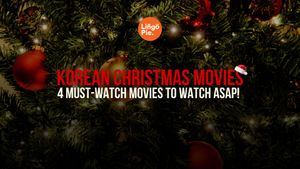Did you know that Seollal, or Korean Lunar New Year, is one of the most important holidays in Korea? It’s not just about starting a new year; it’s about family, traditions, and good food!
When I first experienced Seollal, I was amazed by the beautiful hanbok, the delicious tteokguk (rice cake soup), and the warm way families come together to celebrate.
In this guide, I’ll help you understand what makes Seollal so special and how you, as a foreigner, can join in the fun. From learning key traditions and trying traditional dishes, you’ll learn everything you need to know to enjoy this festive holiday like a local!
- Chuseok Guide For Foreigners
- Best Free Korean Learning Websites For Beginners
- Foreigner's Guide To Hangeul Day In Korea

What Is Seollal?
Seollal (설날), or Korean Lunar New Year, is a holiday filled with rich traditions and cultural significance. Celebrated on the first day of the Lunar Calendar, Seollal marks the beginning of a new year and is one of the most cherished holidays in Korea. It’s a time for families to gather, honor their ancestors, and wish for a prosperous year ahead.
Seollal has roots in ancient Korea, where it was influenced by Confucian traditions that emphasized respect for elders and family unity. Over time, it became a cornerstone of Korean culture, blending spiritual practices and festive customs.
While Seollal shares similarities with other Lunar New Year celebrations in Asia, like China’s Spring Festival or Vietnam’s Tet, it has its own unique traditions. For example, Koreans perform charye (ancestral rites), enjoy specific foods like tteokguk (rice cake soup), and play traditional games like yutnori.
The exact date of Seollal changes each year, as it follows the Korean Lunar Calendar. It typically falls in January or February, with a three-day holiday period allowing time for family reunions and travel.
Read Also:
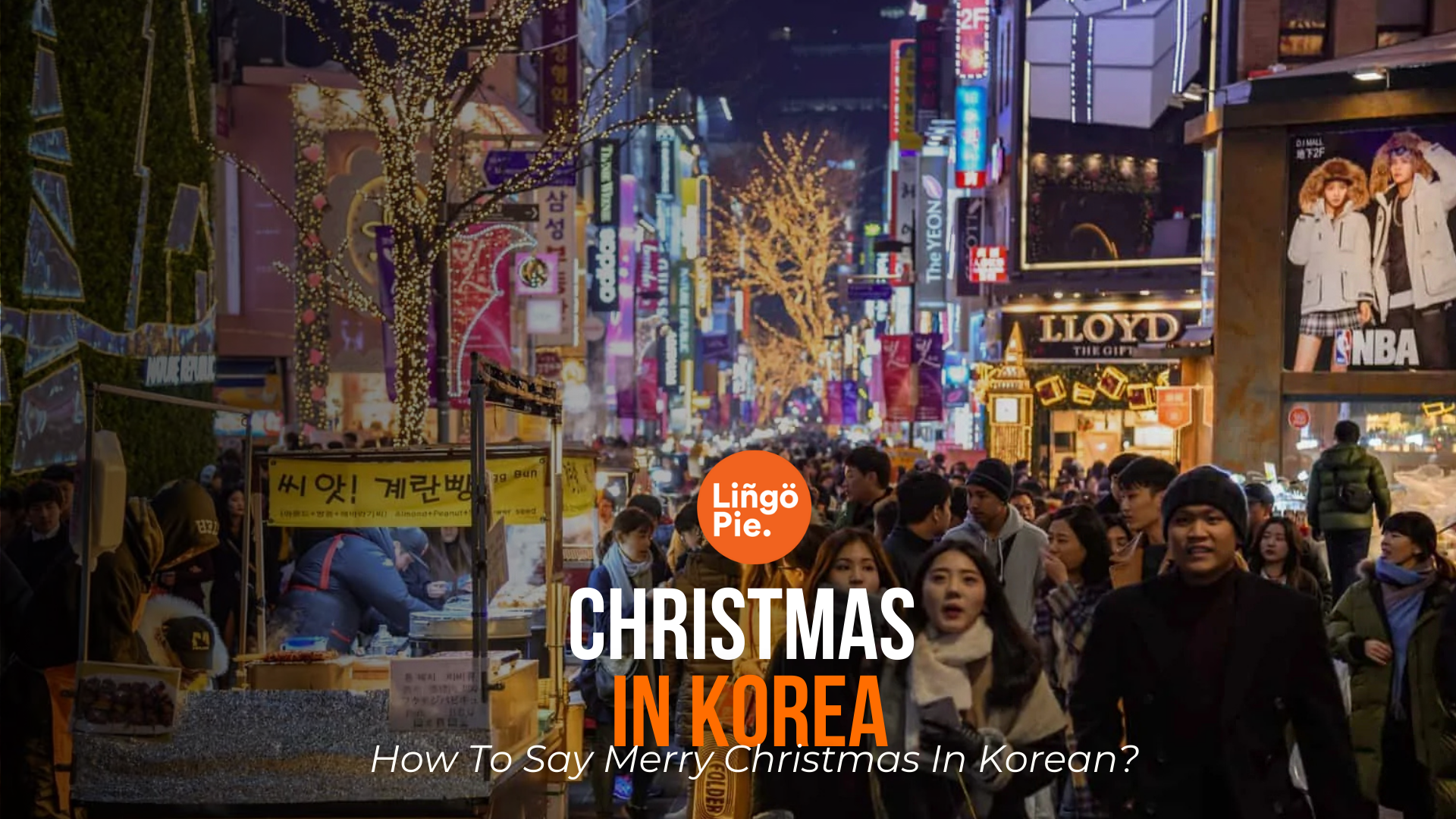
What Are Seollal Traditions?
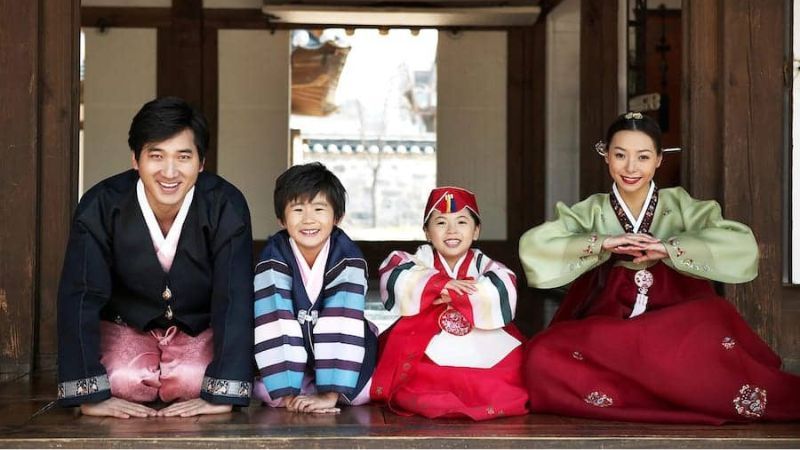
1. Preparing for Seollal
Seollal preparations begin with a thorough cleaning of the house, symbolizing a fresh start and the removal of bad luck from the past year. Families also decorate their homes with items that bring good fortune, such as traditional symbols or ornaments.
Another essential part of preparation is shopping for gifts and food. It’s common to buy high-quality gift sets like ginseng, tea, or fruit to share with family members or close friends. Koreans also stock up on ingredients for special dishes like tteokguk and other holiday treats.
2. Wearing Hanbok
During Seollal, many Koreans wear hanbok, traditional Korean clothing, which adds elegance and cultural pride to the celebration. The bright colors and intricate designs of hanbok are symbolic of good fortune and respect for tradition.
For foreigners, wearing a hanbok can be a meaningful way to participate in Seollal. Hanbok can be rented or purchased from traditional clothing shops in Korea, particularly in areas like Insadong or Bukchon Hanok Village. Some cultural centers also offer hanbok experiences during the holiday season.
3. Ancestral Rites (Charye 차례)
One of the most important Seollal traditions is charye, a ritual where families honor their ancestors by preparing a ceremonial table filled with food offerings. This act reflects gratitude and respect for past generations while seeking blessings for the year ahead.
Foreigners invited to observe or participate in charye should approach it with respect. Dress modestly, follow the family’s lead during the ritual, and avoid loud or distracting behavior. While participating, simply observing quietly is often appreciated.
4. New Year’s Bow (Sebae 세배)
The sebae is a formal bow performed by younger family members to show respect and gratitude to their elders. After bowing, they say, “새해 복 많이 받으세요!” (Saehae bok mani badeuseyo – "Wishing you lots of luck in the new year!"). In return, elders offer words of wisdom, encouragement, and often give sebaetdon (money gifts) in small envelopes.
Foreigners participating in sebae should learn the proper posture: kneel, bow deeply while placing your hands in front, and rise gracefully. Don’t worry if your bow isn’t perfect; sincerity matters most!
What To Eat During Seollal?
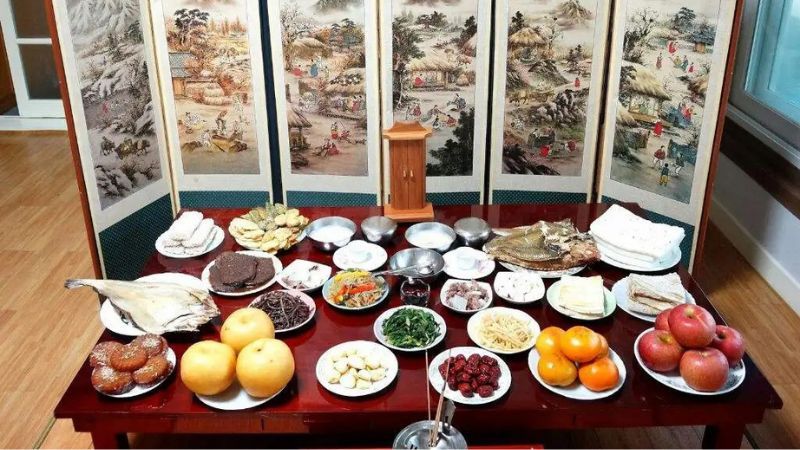
Tteokguk (떡국)
One of the most iconic dishes of Seollal is tteokguk, a warm and comforting rice cake soup. Eating tteokguk on Seollal is more than just a meal; it symbolizes gaining a year in age and welcoming the New Year with a fresh start. The dish consists of thinly sliced rice cakes in a savory broth, often garnished with egg, green onions, and sometimes beef or seaweed.
Other Traditional Dishes and Snacks
- Jeon (전): These are savory pancakes made with ingredients like seafood, meat, or vegetables, and are a staple on the Seollal table. Pajeon (green onion pancake) and kimchi jeon (kimchi pancake) are popular choices.
- Galbijjim (갈비찜): Braised short ribs cooked in a sweet and savory sauce, often served during special occasions.
- Yakgwa (약과): A traditional honey cookie with a chewy texture and a sweet flavor, perfect as a holiday treat.
- Songpyeon (송편): Half-moon-shaped rice cakes traditionally eaten during Chuseok but sometimes enjoyed during Seollal as well.
Tips for Foreigners
If you’re not celebrating Seollal with a family, you can still enjoy these traditional dishes:
- Visit traditional Korean restaurants that specialize in holiday meals. Many restaurants offer special Seollal menus during the holiday season.
- Explore food markets like Gwangjang Market in Seoul, where you can find a variety of traditional Korean dishes and snacks.
- Check out cultural centers or Seollal events for cooking workshops and tasting opportunities.
Even if you’re abroad, many Korean grocery stores sell pre-packaged tteok (rice cakes) and other ingredients, so you can try making tteokguk at home!
Traditional Games and Activities In Seollal
Yutnori (윷놀이)
One of the most popular Seollal games is yutnori, a traditional Korean board game that’s fun for the whole family. Played with four wooden sticks (called yut) and a game board, the goal is to move your markers around the board by throwing the sticks, which determine your moves based on how they land.
How to Play:
- Divide into teams and take turns throwing the four sticks.
- The number of sticks landing face-up determines how far you can move your marker.
- Strategize to block opponents or take shortcuts to finish first.
Yutnori is not just a game but a way to bring families together, filled with laughter and friendly competition.
Other Cultural Activities
Seollal is also a time for enjoying outdoor activities that reflect Korea’s rich traditions:
- Flying Kites (Yeon-nalligi 연날리기): Families gather to fly beautifully designed kites, a fun and symbolic way to welcome the New Year.
- Spinning Tops (Paeng-i 돌리기): Children (and even adults) enjoy spinning traditional wooden tops, which is both entertaining and nostalgic.
Other Local Events
Foreigners can experience these activities by visiting cultural centers or local Seollal events:
- Many museums and cultural heritage sites host interactive sessions where you can learn yutnori, try kite-making, or participate in other traditional games.
- Parks and public spaces may hold Seollal-themed festivities, offering a chance to fly kites or enjoy performances like traditional drumming and dance.
These activities are not only a great way to learn about Korean culture but also an opportunity to connect with locals and other visitors during the holiday.
Read Also:

Do’s and Don’ts During Seollal For Foreigners
By following these do’s and don’ts, you’ll leave a great impression and fully enjoy the Seollal experience:
Do’s
- Dress Appropriately: If you’re celebrating with a family or attending a formal event, wear modest clothing or a hanbok if invited to do so. Dressing respectfully shows appreciation for the occasion.
- Use Respectful Language and Gestures: During Seollal, politeness is key. Bow deeply when greeting elders, and use phrases like 새해 복 많이 받으세요 ("Wishing you a happy New Year!") to show respect.
- Bring Small Gifts: If invited to someone’s home, bring a small, thoughtful gift such as fruit, tea, or a gift set. This gesture of gratitude is a valued custom.
Don’ts
- Avoid Speaking Negatively or Discussing Bad Omens: Seollal is about positivity and fresh starts, so steer clear of gloomy topics or pessimistic remarks.
- Refrain from Excessive Drinking or Loud Behavior During Family Rituals: While celebrations can be lively, family rituals like charye are solemn. Be mindful of your behavior and follow the host’s lead.
How Can Foreigners Celebrate Seollal?
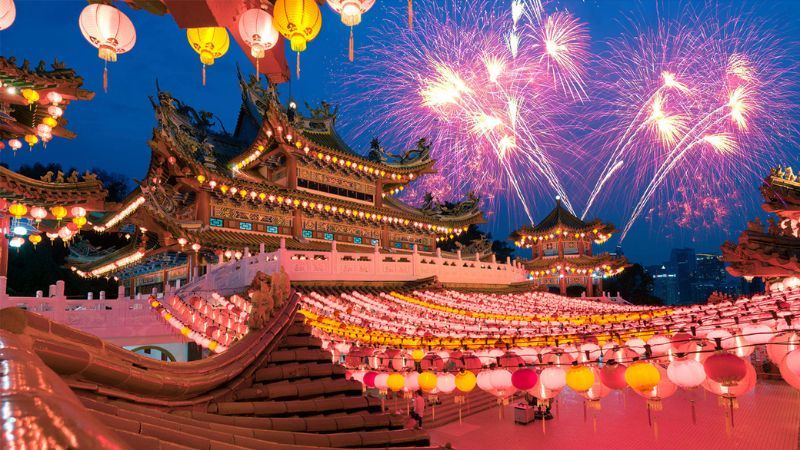
Whether in Korea or abroad, celebrating Seollal is a wonderful opportunity to immerse yourself in Korean culture and ring in the Lunar New Year with joy!
If You’re in Korea
Attend Public Cultural Events or Performances:
Many museums, cultural centers, and heritage sites host special Seollal-themed activities, such as traditional dance performances, kite-flying, or yutnori sessions. Places like the National Folk Museum in Seoul often have programs tailored for both locals and foreigners.
Join Family Celebrations (If Invited):
If you’re fortunate to be invited by a Korean friend or acquaintance to their family celebration, it’s an excellent way to experience Seollal traditions firsthand. Follow their lead in rituals like charye and sebae while showing respect and gratitude.
If You’re Abroad
Visit Korean Cultural Centers or Associations:
Many Korean communities and cultural organizations around the world organize Seollal events. These gatherings often include food tastings, traditional games, and performances, offering an authentic glimpse into the holiday.
Cook Traditional Dishes at Home:
Recreate the flavors of Seollal by cooking dishes like tteokguk or jeon using online recipes. Korean grocery stores often carry the ingredients you’ll need, and making these dishes can be a fun, hands-on way to connect with the culture.
Useful Korean Phrases For Seollal
You can use these phrases to connect with Koreans during Seollal and show your respect for their culture:
1. 새해 복 많이 받으세요 (Saehae bok mani badeuseyo)
Meaning: Wishing you a happy new year!
This is the most common greeting during Seollal. It's used to wish others good fortune in the upcoming year.
2. 설날 잘 보내세요 (Seollal jal bonaeseyo)
Meaning: Have a great Seollal!
This is another way to wish someone well during the holiday, specifically focusing on the celebration itself.
3. 건강하고 행복하세요 (Geonganghago haengbokhaseyo)
Meaning: Wishing you health and happiness!
A heartfelt wish for good health and happiness, perfect for the new year.
4 .새해에도 잘 부탁드립니다 (Saehae-edo jal butakdeurimnida)
Meaning: I look forward to working with you in the new year.
A polite phrase used when interacting with colleagues or acquaintances.
5. 가족과 함께 즐거운 시간 되세요 (Gajokgwa hamkke jeulgeoun sigan doeseyo)
Meaning: Have a wonderful time with your family.
A warm greeting for families celebrating together.
6. 새해에는 모든 일이 잘 되길 바랍니다 (Saehae-eneun modeun iri jal doegil barabnida)
Meaning: I hope everything goes well for you in the new year.
A thoughtful wish for success and prosperity in the coming year.
Ready To Celebrate Korean New Year Seollal?
Seollal is a special time in Korea, filled with traditions like family gatherings, delicious food, and fun games. Whether you’re in Korea or abroad, you can enjoy the celebrations by learning about the key traditions, trying traditional dishes, and using polite phrases to wish others a happy New Year.
If you want to learn more about Korean culture and language, Lingopie is a great resource. With Lingopie, you can watch Korean TV shows and movies to practice your Korean language skills while learning about local traditions like Seollal.
Try Lingopie today to immerse yourself in Korean culture and language! Also, check out our Korean blog for more educational articles like this one!
Frequently Asked Questions About Korean New Year Seollal
1. Is the Lunar New Year the same as Seollal?
Yes, Seollal is the Korean celebration of the Lunar New Year. It’s a special holiday that marks the start of the new lunar calendar year, and it’s celebrated with traditional customs and family gatherings in Korea.
2. How long is Seollal in Korea?
Seollal is usually celebrated for 3 days: the day before, the day of, and the day after the New Year. The main events take place on the first day, but the entire period is a time for family and rest.
3. What do Koreans do for Seollal?
Koreans celebrate Seollal by performing rituals like charye (ancestor rites), wearing traditional clothing called hanbok, playing traditional games like yutnori, and eating special foods like tteokguk (rice cake soup) to welcome the new year.
4. What do Koreans do on January 1st?
On January 1st, Koreans celebrate the Western New Year with parties and fireworks, but Seollal typically falls on a different date based on the lunar calendar, which can vary from year to year. January 1st is a regular day for most people in Korea.


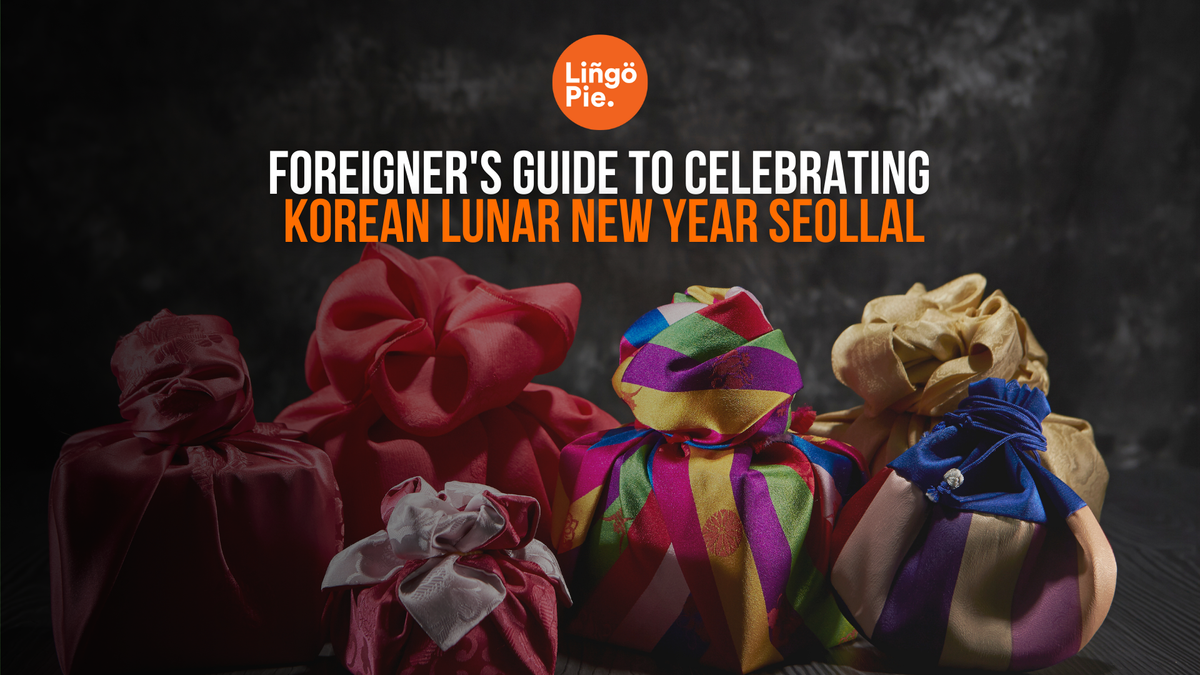





![Korean Onomatopoeia: 80+ Sounds And Mimetic Words [Guide]](/blog/content/images/size/w300/2025/12/Korean-onomatopoeia.jpg)
